Poppy Garden Gnome pack of 30-40 seeds Imported
₹70.00
Out of stock
Email when stock available
SKU: PoppyGardenGnome
Category: Winter Flower Seeds
Poppy Garden Gnome: A Whimsical and Sun-Kissed Flower
Poppy Garden Gnome is a compact, sunny, and cheerful flower that brings a bit of playfulness to every garden. Its delicate petals and bright shades evoke a sense of magic and fairy-tale love in the garden. This poppy variety is easy to cultivate, which makes it perfect for the inexperienced gardener as well as the professional.
| Number of seeds | 40-50 seeds |
|---|---|
| sowing month | Sept to Jan |
| Sowing temperature | 20-30C day time |
| Blooming month | Oct to March |
| sun | full sun |
What Does It Look Like?
Poppy Garden Gnome is a flowering shrub with a height of around 12 inches, dwarf. It produces lovely red, pink, orange, and yellow flowers with silky, soft petals. The flowers of the plant are dark-centered, thus flowers glow even more. Fern-green leaves of the plant are aptly complemented by its display flowers.
Why Grow Poppy Garden Gnome?
There are just an incredible number of reasons to grow this gorgeous flower:
- Easy to cultivate – Ideal for gardeners of any ability.
- Long flowering season – Flowers in spring to early summer.
- Pollinator magnet – Bees and butterflies love its nectar.
- Dwarf habit – Ideal for tiny gardens, pots, and borders.
How to Grow Poppy Garden Gnome
But It’s a cinch to grow this variety of poppy. Just follow these steps to grow a vigorous, healthy plant also.
1. Select the correct site
Poppy Garden Gnome is full sun tolerant. Position them where there will be at least 6 hours of direct sunlight daily. When grown in pots, position the pots in the sunny spot.
2. Soil Preparation
It likes well-draining soil. It likes to cultivate in light soil, sandy, or loamy soil. The use of clay soil should be avoided since it is moist. Compost can be used to improve the soil so that it becomes good and hard for the plant.
3. Poppy Garden Gnome Plant the Seeds
- Plant the seeds in the garden early spring or autumn.
- Sow seeds in the ground and gently press them down. Do not sow them too deeply since they require light to grow.
- Water sparingly to maintain soil moisture but not wetness.
4. Care for Your Poppies
- Water stingily – Hence Poppies require minimal water once grown. Water sparingly when the soil has dried out.
- Weed out – Remove weeds regularly good for roots and plan nutrients.
- Deadhead flowers – Take off faded flowers to encourage others to bloom.
Final Words
Lastly Poppy Garden Gnome is a happy, easy-flowing poppy.
It will add colour and personality to your garden. You’ll be able to gawp at its lovely flowers for months with minimal effort. Plant it in a border, pot, or bed and you’ll have a fairy tale garden on top of anything else also.
| Color | Mix |
|---|---|
| Germination Level | Easy |
| Growth Pattern | Leaf without stem |
| Hybrid or Open Pollinated | Hybrid |
| Ideal location | Full sun |
| Origin Country | Germany |
Be the first to review “Poppy Garden Gnome pack of 30-40 seeds Imported” Cancel reply
You must be logged in to post a review.
Related products
Winter Flower Seeds
Rated 3.00 out of 5
₹60.00
Summer Flower seeds
Rated 5.00 out of 5
₹59.00
Winter Flower Seeds
Carnation Seeds Giant Chaubad Mix Color seeds pack of 30-40 seeds Open Pollinated
₹60.00



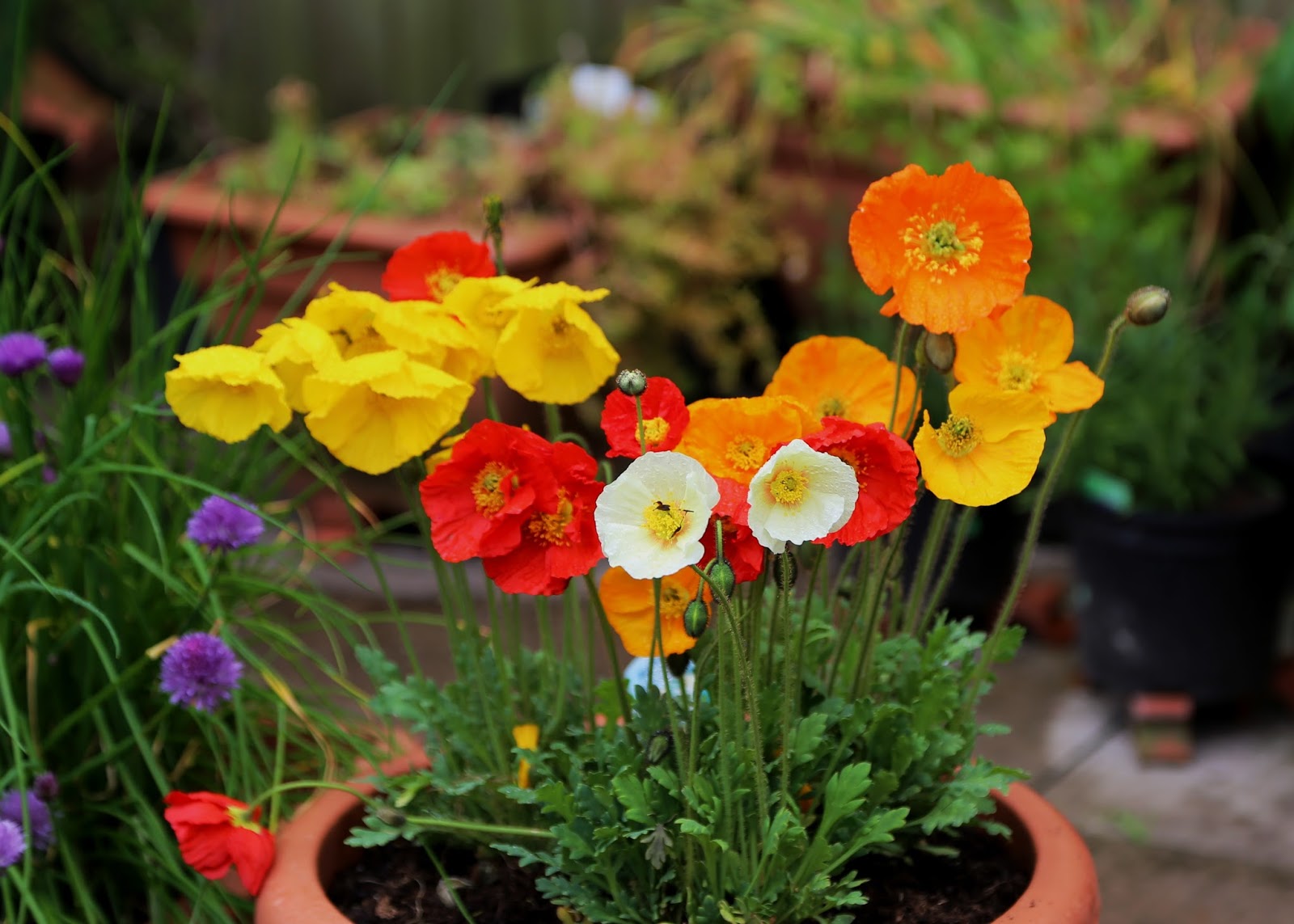
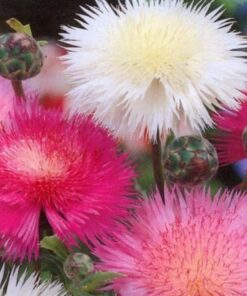
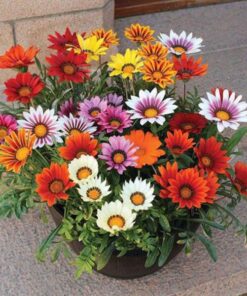
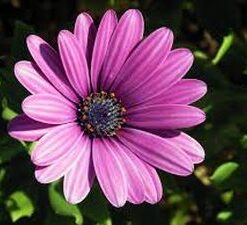
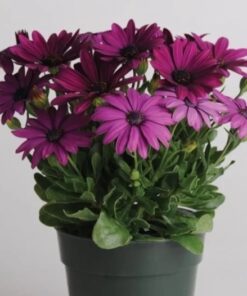
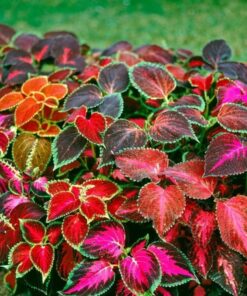
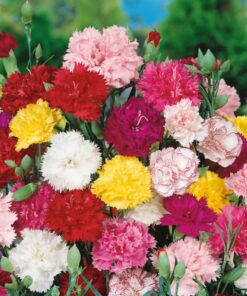

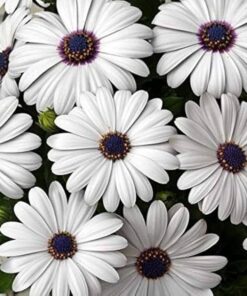
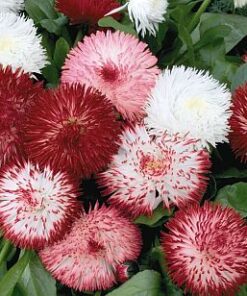
Reviews
There are no reviews yet.